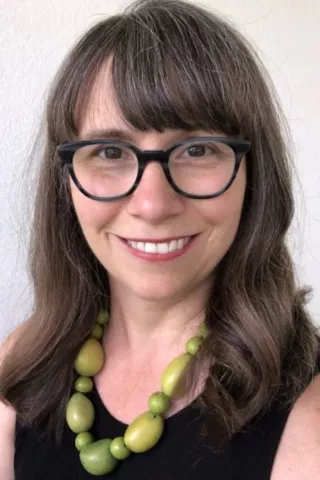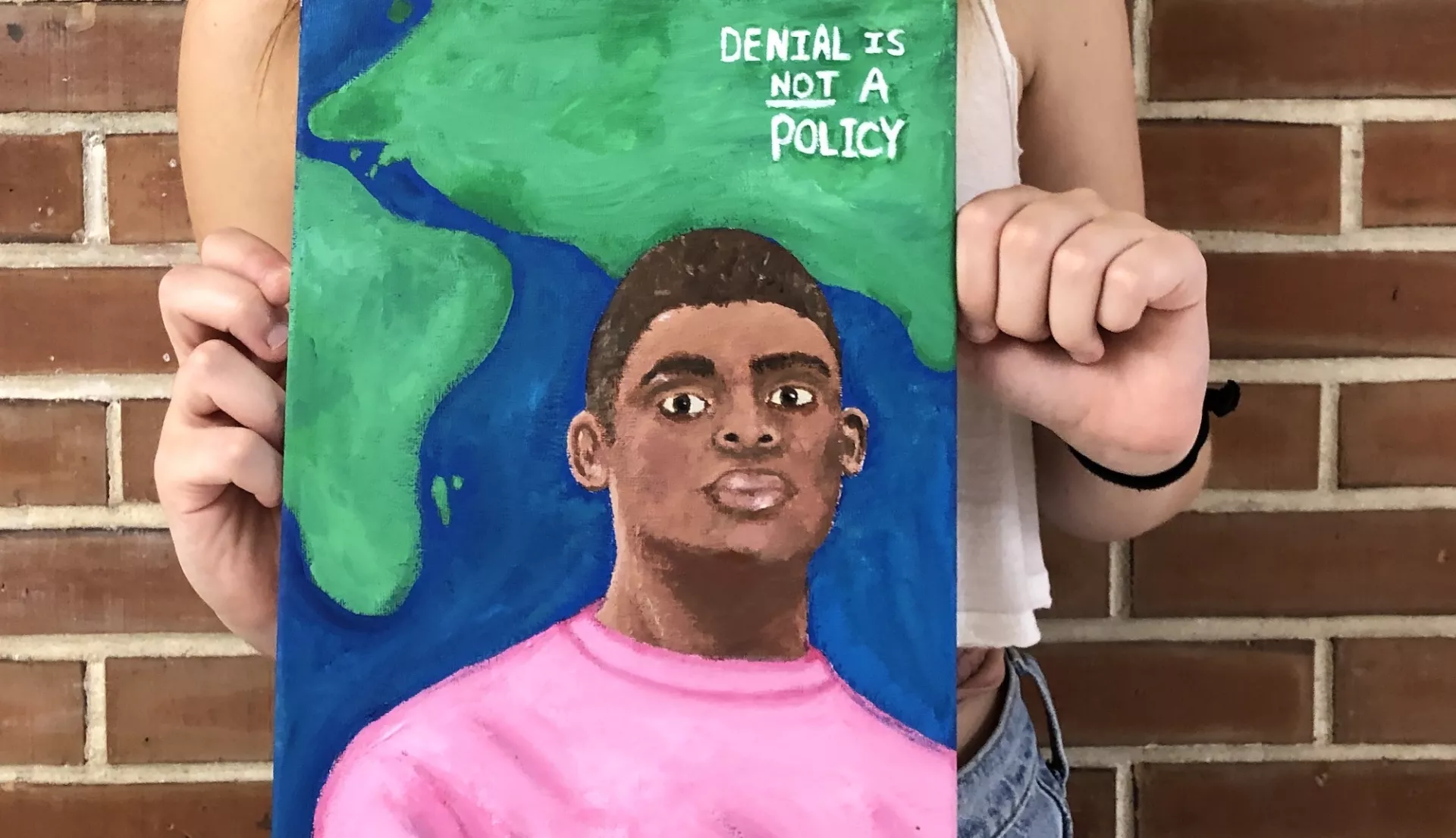Key Takeaways
- Some of the subjects that will incorporate climate change include science, social studies, visual and performing arts, and world languages.
- New Jersey Education Association members have been working to develop lesson plans for teachers in their state and across the country.
- More than just teaching climate change, educators say it’s about empowering students of all ages to take action.
At Stillwater Township Elementary School in New Jersey, Elaine Makarevich’s students often spend part of their day in the school’s outdoor garden, complete with a greenhouse, outdoor classroom and raised bed vegetable garden.
Kindergarten students learn about the monarch butterflies that spend time in the garden and second grade students learn about the lifecycle of a seed with lettuce, parsley and spinach they grow themselves.
Now that New Jersey is the first state in the country to introduce standards that require climate change to be taught across subject matters, Makarevich is working to extend these lessons into all aspects of student learning.
The standards require climate change to be taught in health and physical education, career readiness and life literacies, computer science and design thinking, science, social studies, visual and performing arts, and world languages. New Jersey Education Association members have been working to develop lesson plans for teachers in New Jersey and across the country to teach students about climate change in innovative and exciting ways.
Empowering Students
Suzanne Horsley, who teaches wellness at Toll Gate Grammar School in Pennington, N.J. says her favorite aspect of the standards is that they are required in all subject areas.
“I really like that these students are hearing this on so many levels, so that they can not only have a better understanding, but they’re also potentially going to have a better skill set to problem solve as they try to move forward and help us all figure this out,” Horsley says.
Makarevich agrees that it isn’t just about teaching climate change, it’s about empowering students of all ages to take action.
“They like to learn about the ways they can help, so if you connect that you will have students that leave the classroom knowing they can make a difference even if it starts in the smallest of ways in your building,” she says.
Learning about the earth and protecting the natural world has always been important to Makarevich’s students, which makes the implementation of the new standards a natural progression at Stillwater Elementary School.
“This all relates to the earth,” she says. “That’s how we bring it down to the level of our primary age children.”
Teaching Climate Change Across Disciplines
Before the introduction of the new standards, Carolyn McGrath viewed her role as an art teacher as separate from the sustainability work she has been doing in her school district. It wasn’t until 2020 that she started to coordinate lessons around environmental issues for her students at Hopewell Valley Central High School.
One of the first lessons she taught about the environment tasked students with creating a collage based on one of four topics: climate change, environmental justice, plastic pollution or species decline.

She said the new standards give her the license to explicitly address these issues through art.
“Ten years ago I don’t know that I would have felt comfortable doing this. I think the way that climate change has become more recognized as an urgent issue that needs to be addressed in all aspects of students’ education, it’s just become clear to me that I need to step up and do that.”
Although she is saving her bigger climate-related lessons until the spring once students have more basic skills, she piloted a lesson in which students created a portrait of a youth climate hero with a small group over the summer.
In another lesson, McGrath’s students designed posters to advertise the start of New Jersey’s plastic bag ban and remind community members to bring reusable bags with them to the grocery store.
Horsley, who teaches wellness, has incorporated games about the absorption of carbon dioxide into the atmosphere into her physical education classes.
In one game, students throw balls of yarn representing carbon dioxide molecules to students standing on plastic disks that represent forests. The first round of the game is set in the 1700s, which allow students to clear the field of the carbon dioxide molecules easily. But when the game shifts to the present day, after years of deforestation and industrialization, the students had a much harder time.
Horsley always takes time to debrief the meaning of the games with her students and talk about potential solutions and actions students can take.
How to Incorporate Climate Change Education Into Your Classroom
The educators all pointed to Subject to Climate as a good resource for teachers from all over the country who are looking to incorporate climate change education into their classrooms. Each of them worked to develop model lesson plans for educators within their subject matters.
“You don’t have to be a climate scientist to teach about climate change,” McGrath says. “But you do need a foundation in the basics and an understanding of how that relates to your content area.”
Still, McGrath says she understands why teachers may be hesitant to teach about climate change. It can be intimidating, she says, adding that she has done a lot of reading and professional development on her own to become more comfortable teaching about climate change.
“Take the chance,” Horsley urges. “We need to take risks in education any chance you get so you can see what does work. This is what we ask our students to do so we should do that as teachers.”


